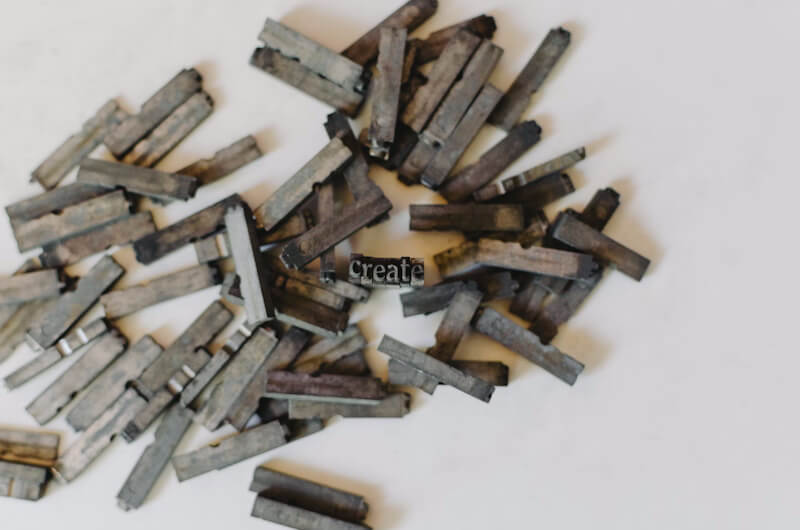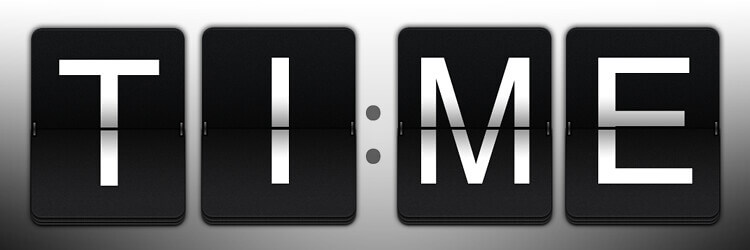How to Write and Publish a Press Release That Gets Noticed

You’ve heard of them. You know big corporations use them. You know they can give you a ton of publicity. But what is a press release, exactly?
Wikipedia defines a press release as:
“a written or recorded communication directed at members of the news media for the purpose of announcing something ostensibly newsworthy.”
The changing nature of this specialized type of article suggests that they might be more accurately called “news releases” or “media releases” since the internet has drastically transformed the world of public relations.
Whether you call it a press release, media release, or news release, the point is they can be very valuable for your business.
Why?
- They can improve your SEO. Online press release distribution creates a lot of high-quality backlinks to your site, and if you publish them on a Media page of your website, they can help you rank well for keywords and timely topics.
- They increase publicity. With regular releases and a robust distribution strategy, these articles can help you reach a wider audience. Plus, online press releases can be republished verbatim or quoted in print newspapers and magazines for even more publicity.
- They make you look more professional. National brands publish releases. If you want to look professional and competent, you should send out news releases too.
- They send more clients and customers your way. Improved SEO, publicity, and professionalism combine to help you make more money.
Now that you know what a press release is and why you should create and distribute them, let’s talk about how to do that effectively.
How to Write an Effective Press Release
News releases have a couple important parts:
1. Headline
Headlines are just as important for press releases as they are for blog posts and emails. Craft a compelling, short, and specific headline to encourage journalists and readers to keep reading.
2. Dateline
The dateline is the first part of the body and establishes the timely relevance of the release. Datelines should look like:
City, State (DISTRIBUTOR) Day, Month and Year
The distributor is the agency or website you use to syndicate your release, such as AP, PRWeb, or a local newswire.
3. Introduction

Also called a “hook” or “lead”, the opening paragraph of your release must provide the specifics of the newsworthy occasion and identify your company. The first 2 or 3 sentences of the introduction may also be used as a summary. Keep these specifics in mind when writing a press release:
- Who is this release about? Who are the main players?
- What happened? What’s the event or decision the release is about?
- When did the event happen? When were the decisions made?
- Where did the event happen? Where are the decisions taking the company in the future?
- Why did the event happen or why were the decisions made?
- How was the event coordinated? How were the decisions implemented?
- Numbers such as profit, track records, statistics, etc.
4. Body
If the introduction is like the cap of a pyramid–highly specific and right to the meat of the story–the rest of the news release is the body of the pyramid, building up the foundation that led to the event or decision mentioned in the hook. The most important specifics appear in the lead, but the details leading to those specifics and other supporting information (such as relevant numbers) appear in the body.
5. Boilerplate
This section is a standard “about” paragraph for the company or person issuing the release. It’s very short–a few sentences at most–and should be consistent across all press releases. The boilerplate generally addresses:
- Name of the company or person
- When the company was founded and by whom
- What the business does
6. Media Contact Information
The contact information of the public relations director for your company, including:
- name
- mailing address
- phone number
- email address
- company website
In addition to getting all the right parts, there are a few pointers to keep in mind to make your media release successful.
First, remember that journalists don’t really care about your company, so don’t brag about your company. Make sure your release is timely, valuable, and actually newsworthy.
Second, don’t write for search engines if you’re distributing news releases online. Try to use a main keyword in the title and throughout the release if you can, but focus on providing value for journalists and readers.
Finally, encourage readers to visit your site for more information at the end of the release. You can even include a link to a specific page where they can learn more or download a related free offer.
For pointers on writing an effective press release, check out these posts from Prowly about formatting press releases and writing successful releases.
Now you know what a press release is and how to write one.
Where to Publish a Press Release

If you’re new to press releases, getting started can be tricky. Use this brief guide to learn how and where to submit one.
5 Steps to Publishing Press Releases
1. Write the Release.
Hiring a professional press release writer is probably your best bet unless you have experience writing successful news releases. If the release doesn’t use proper formatting, employ the right style, or sound like news writing, many distribution services, news search engines, and journalists will ignore it.
It may also be beneficial to write 2 or 3 versions of the release for online distribution to avoid duplicate content.
2. Publish One Version of the Press Release on a Media Page of Your Website.
This step is a critical part of learning how and where to release a press release. The release on your website becomes the “source” for all the others, so online releases will naturally link back to it.
Having a Press or Media page on your site also makes your business look more professional.
3. Choose a Reputable Newswire or Distributor.
Look for a service that has experience getting client press releases into national publications or that has large distribution networks.
Remember that in public relations, you get what you pay for. A professional newswire or paid distribution service makes you look more professional and can help you get better results.
Some of the best paid options of where to release a press release include PRWeb, PRNewswire, BusinessWire, and PRFire.
However, if you need to save your limited marketing budget for other things, use this list of high-quality free distribution sites:
- https://www.1888pressrelease.com/
- https://www.24-7pressrelease.com/
- https://www.clickpress.com/
- https://express-press-release.net/
- https://www.einpresswire.com/
- https://www.newswire.com/
- https://www.newswiretoday.com/
- https://www.freepressreleasedb.com/
- https://www.openpr.com/
- https://www.pr.com/
- https://www.prfree.org/
- https://www.pr-inside.com/
- https://prurgent.com/
- https://www.prleap.com/
- https://www.prlog.org/
- https://www.highereddive.com/
4. Figure Out the Best Time and Day to Distribute It.

There is no universal best day or time to send your release to distribution sites or news services. The best day and time should be soon after your publish the original on your website, but it will vary based on your industry, the distribution service you use, and your end goal.
Some general tips about finding the best day and time to release a press release include:
- never publish news releases over the weekend
- ask your journalist connections when they get flooded with releases so you can send yours at a different time for more attention
- if you use a wire service, ask your account manager what the slow times are for press releases in your industry or geographic segment and send yours during the slow times for more attention
- avoid publishing news releases the week before and the week after a major holiday unless you have timely, relevant holiday news
See this article from Newswire for more tips on finding the best day and time to send your media release.
5. Publish a Different Version of the News Release With Each Distributor.
If you use a quality paid newswire service, you only need to do this once.
If you use free online distribution, it can be somewhat beneficial to publish your release on 2 or 3 different sites with different version on each. When using this method, use different distributors each time you publish a release to maximize the SEO benefit.
Either way, make sure each news release links back to the source release on your website’s Media page, as well as your homepage and other relevant internal pages.
Do you use press releases? Or do you know a friend who’s struggling to get publicity for their business? Share this article with them to help them out!

Comment (1)
Great insights here! I never realized how important the timing of a press release is until now. The examples you included really help put the tips into perspective.